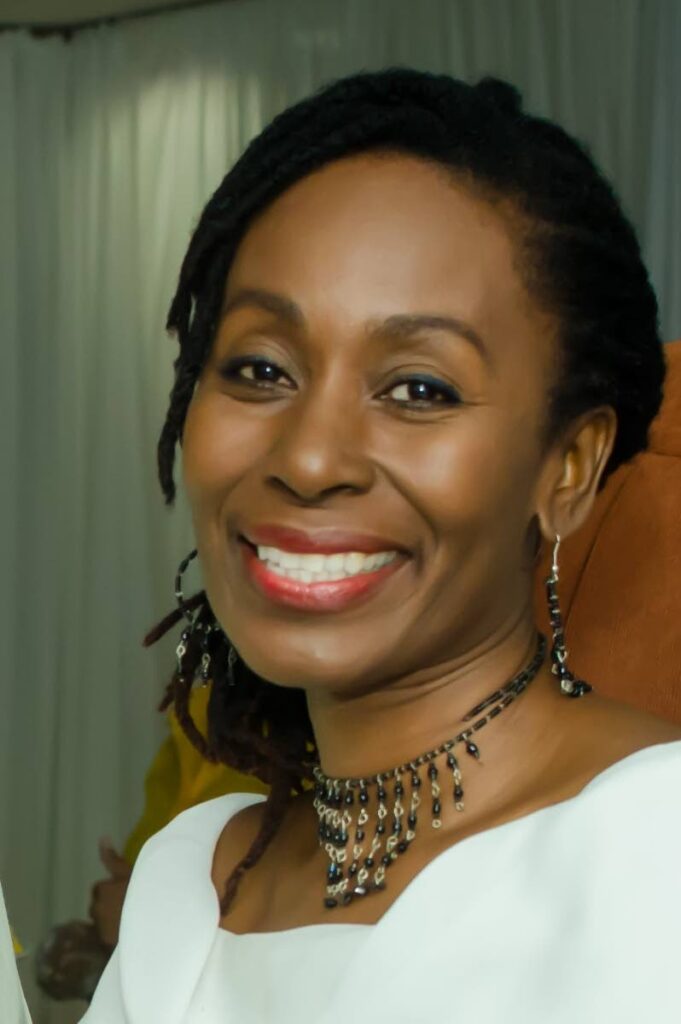A story of love and soca

Culture Matters
Carnival Love
DARA E HEALY
Bad mind people go away!
– Avinash “Climaxx” Sookraj
Fire go bun dem
Fire go bun dem woh
Oh lawd, ah say dis is de year for love (for love)
– Aaron “Voice” St Louis
SOCA ARTISTS dance on the shoulders of the innovators who blazed a path before them. Ras Shorty I showed us what could be possible if we pushed the limits of calypso, infusing it with rhythms and inspiration from other cultures. SuperBlue, at the time Blue Boy, ignored the wrath of purists who objected to the Spiritual Baptist elements in his music. As always, his instincts were correct and the world of soca benefitted from his perseverance as we pumped our fists and waved our rags high.
Slowly, gradually, the music got faster, more sexual. By the 1980s songs with names like Leh Meh Play With It, Doh Horn Meh and Ah Coming Too became the norm. Soca music represented the need to release, to party. Perhaps this reaction was to be expected after decades of anti-colonial quests for identity and race-driven revolution in TT and across the world. Carnival bands got bigger, shinier and more focused on exposure of female flesh. The music kept pace with these trends.
In the following years, a parallel musical narrative evolved, represented by musicians like Rudder, Tanker and Roy Cape All Stars, formed in the 1980s. Experimentation saw the calypso changing musically, exploring as well the loss of love in society.
Rudder’s Mad Man Rant still haunts as headlines today echo those of past decades. “Somebody promising to run all the bread/Somebody pushing a world class head/Somebody clean out the weed well fast/But somebody letting the cocaine pass.../We bright little youths going to waste/Somebody dinge the smile on they face/Somebody take One Love off the shelf/Then the One Love boys start to sell out theyself...”
In 2015, the music shifted again. Aaron “Voice” St Louis opened a portal into a new era of positive thinking, achieving goals, gratitude and self-love. From Cheers to Life, Far From Finished, Ms Carnival and Year for Love, the three-time Soca Monarch gave us permission to express romantic, positive love through soca.
The music of Marge and Nailah Blackman, two of the heiresses to the soca legacy, also stand out. Marge’s soulful voice reminds us of the importance of living life to the fullest, even as she expresses her craving for the love of her life. “You could be my heartbeat/But you taking so damn long/I might die before you could reach.../I’m waiting for you baby/I’m here.”
Soca artists continue to push the limits through film. Intricate plots involving magic, mud rituals, traditional characters or folklore are now an accepted aspect of their storytelling.
Interestingly, the locations also represent a closer affinity with TT. Voice sits on a fishing boat, then cuts up fish in the market. In More Sokah, Nailah Blackman dances in the centre of East Port of Spain. The presence of jazz trumpeter Etienne Charles has added another layer of experimentation, pushing the limits of musicality in the soca. Bunji Garlin successfully included popular rhythms into soca with Differentology.
In an era of potential global war, crime, corruption and family violence, the need for love is greater than ever.
Over the past weeks, we looked at the various ways that elements of the Carnival explored the concept of love. Cultural practitioners continue to carve out a space for positive energies through the festival, whether through visual arts, music, song or theatre arts. As we look forward to Carnival in a pandemic, are we closer to understanding what direction we want the Carnival to take?
“Schools are to conduct normal operations on Monday 28th February and Tuesday 1st March 2022.” As the predictable missive arrives, it is clear we are still a distance away from integrating Carnival into our society. It is sad that the country which inspired carnivals around the world has not worked out that Carnival Monday and Tuesday should be spent fostering the development of practitioners of Carnival arts across schools and communities.
“Jolene girl, yuh like a barb wire fence cause I cyah get over yuh.”
Soca artists dance on the shoulders of their elders. Instinctively, they understand that the essence of our people is the core of the festival. And gradually, more artists are realising that they must pay respect to the foundations of the mas for survival.
In times of crisis, we give abundantly to the Carnival of our talent and always, our love.
Dara E Healy is a performance artist and founder of the Indigenous Creative Arts Network – ICAN


Comments
"A story of love and soca"